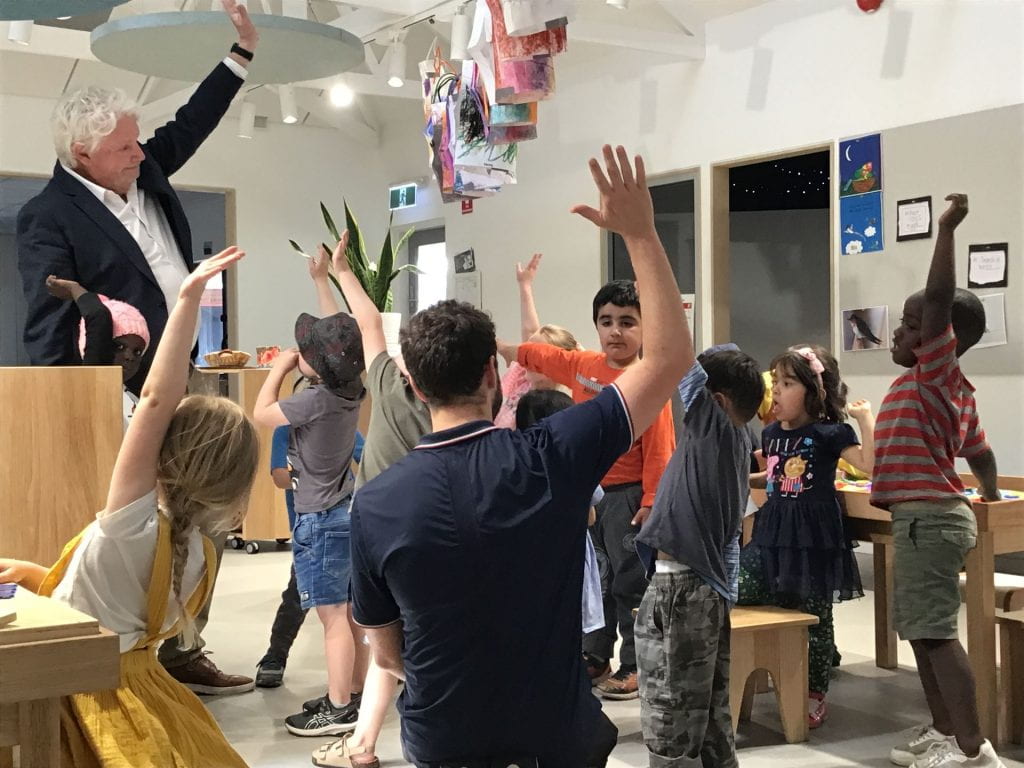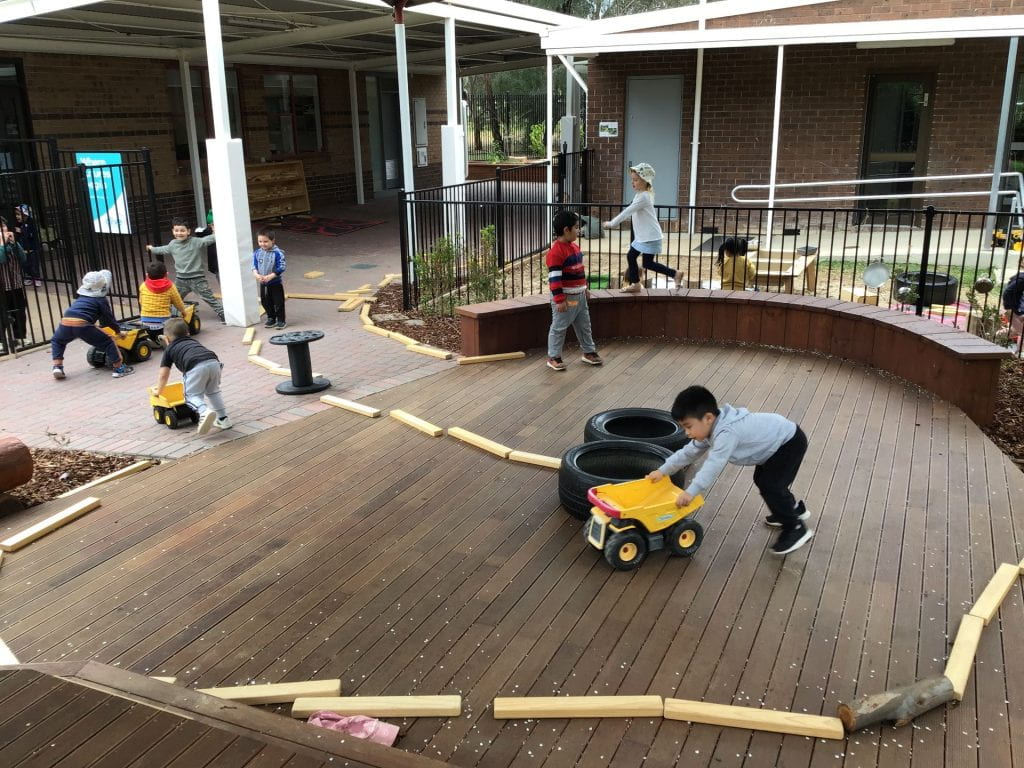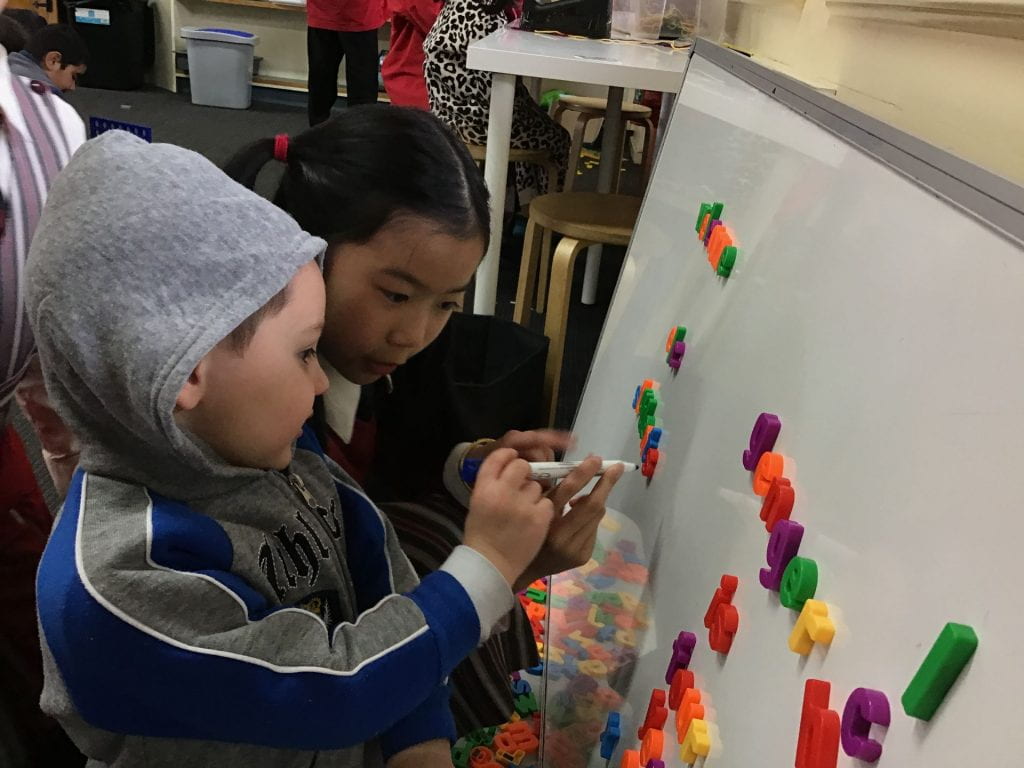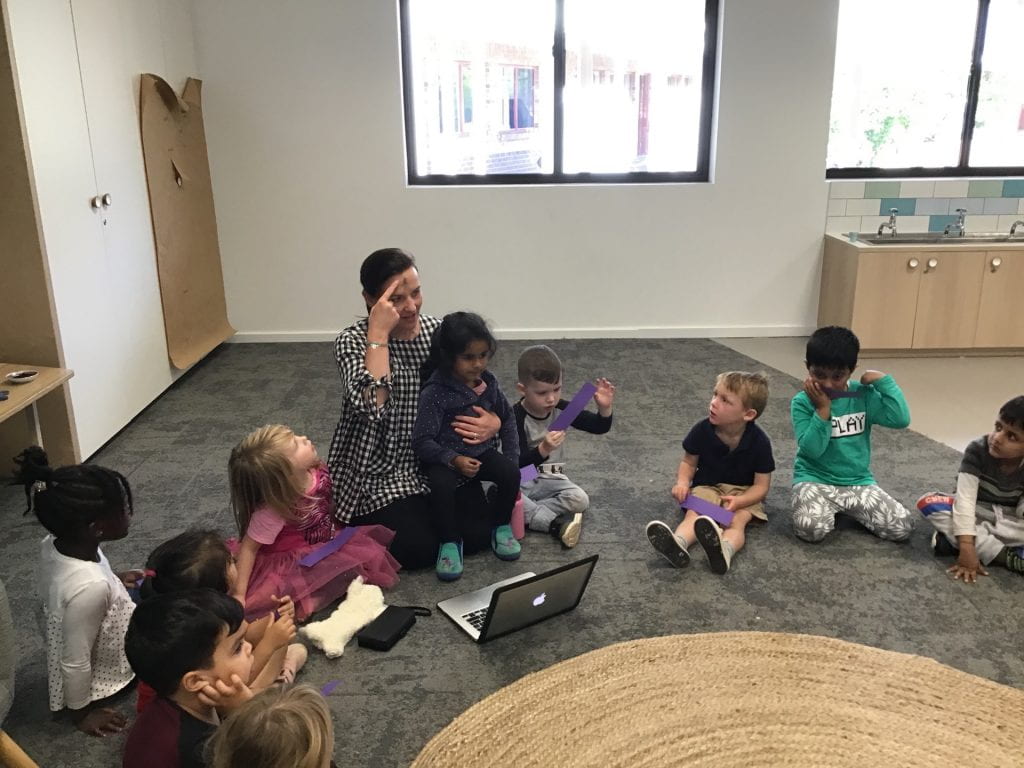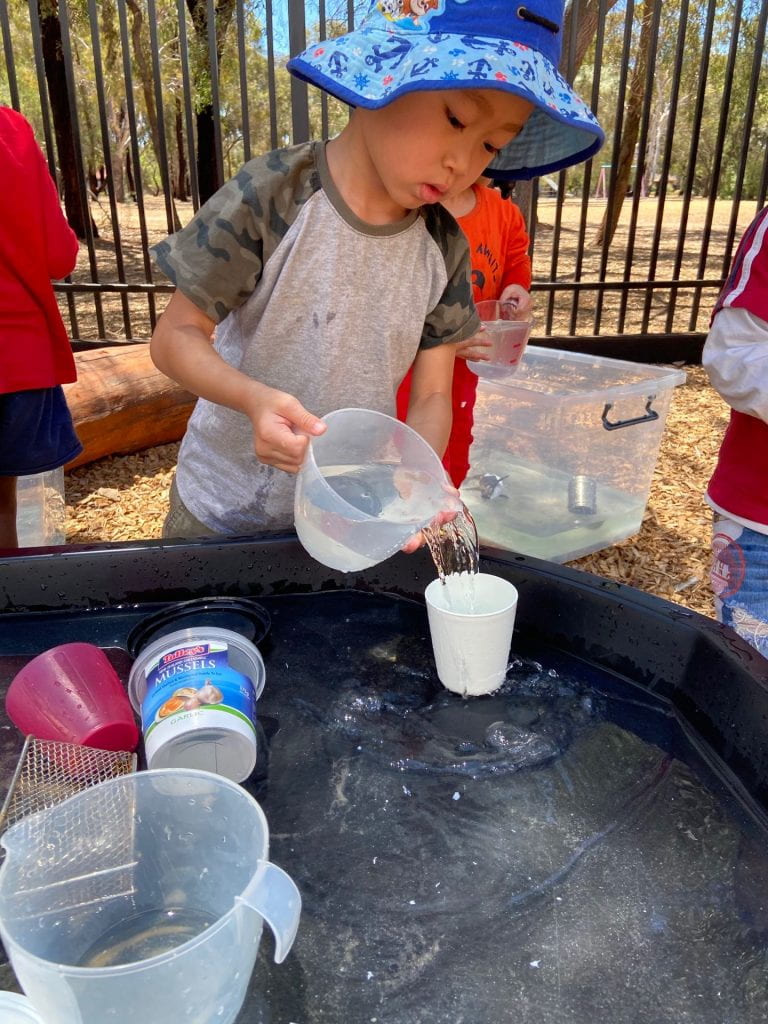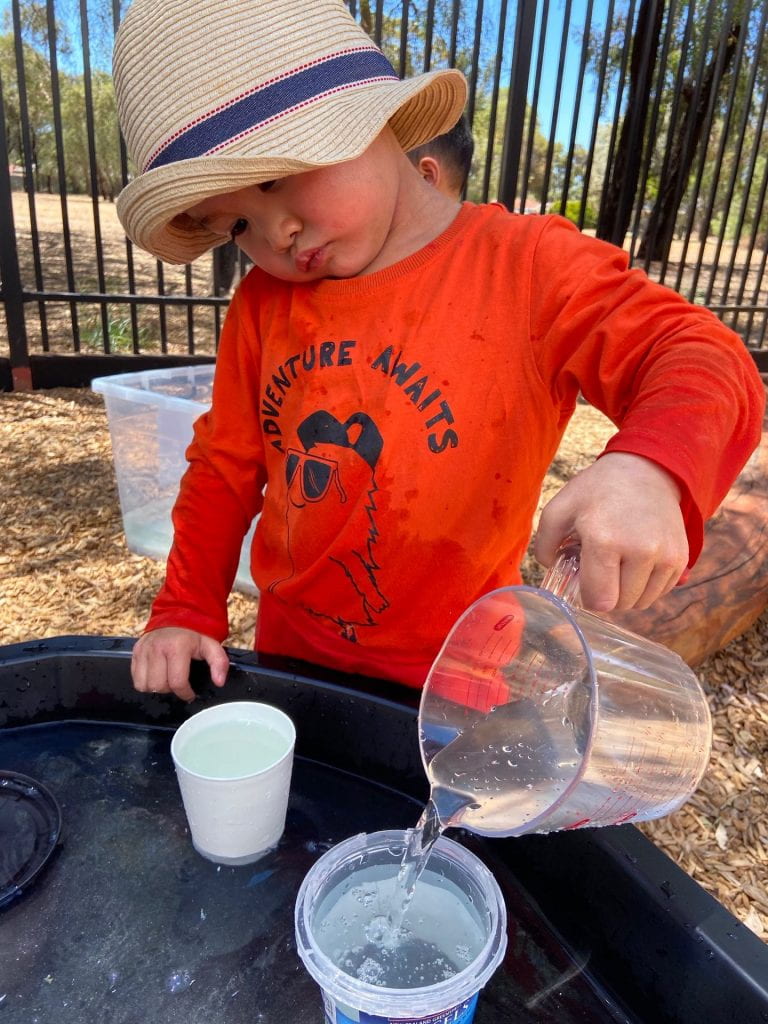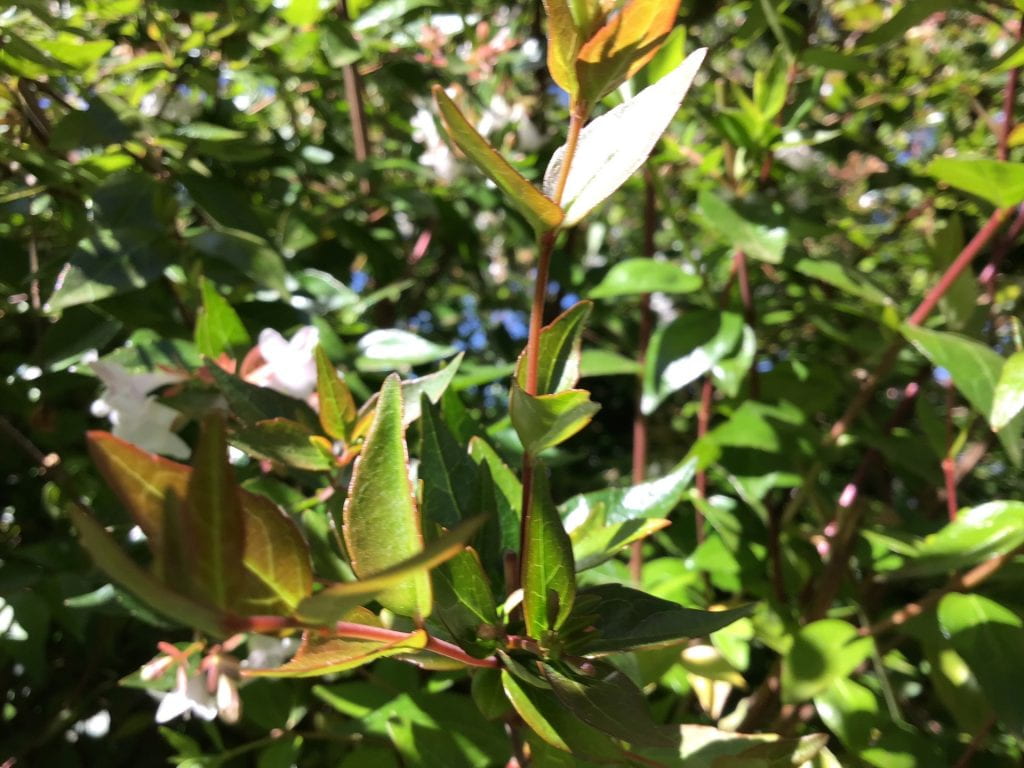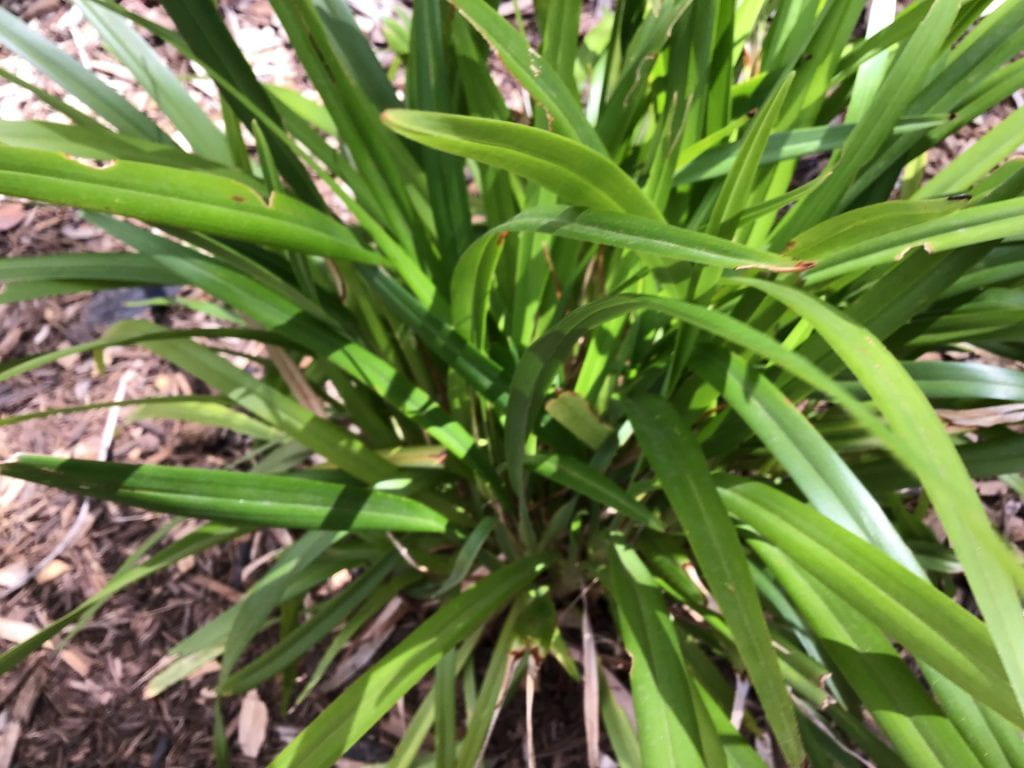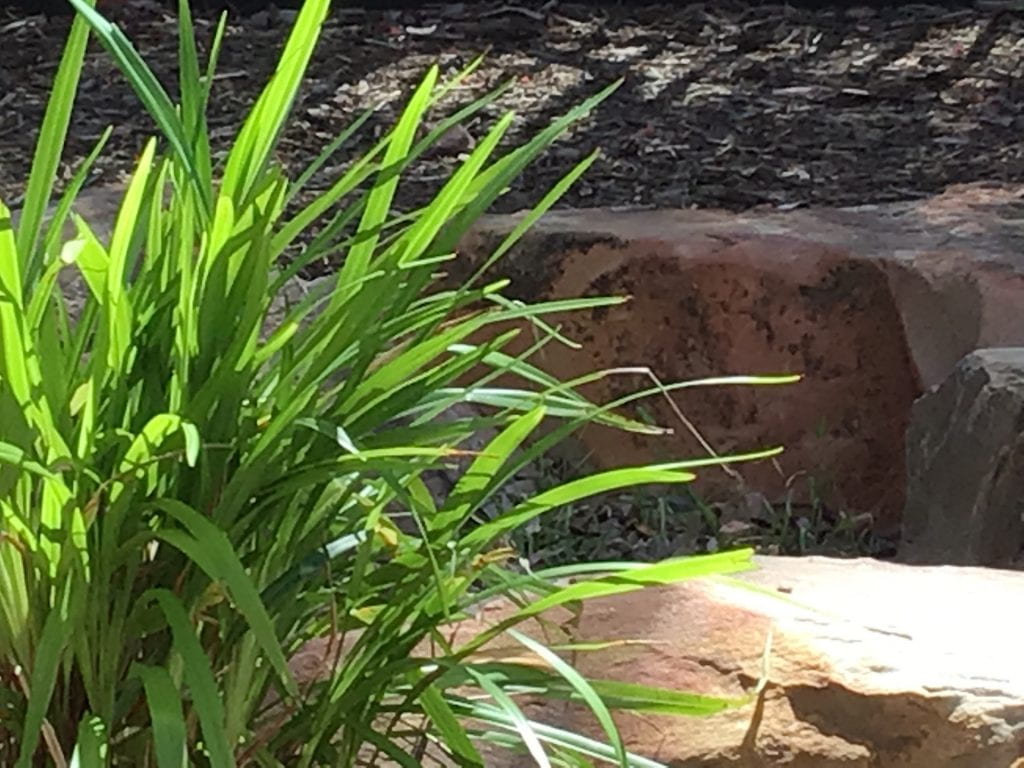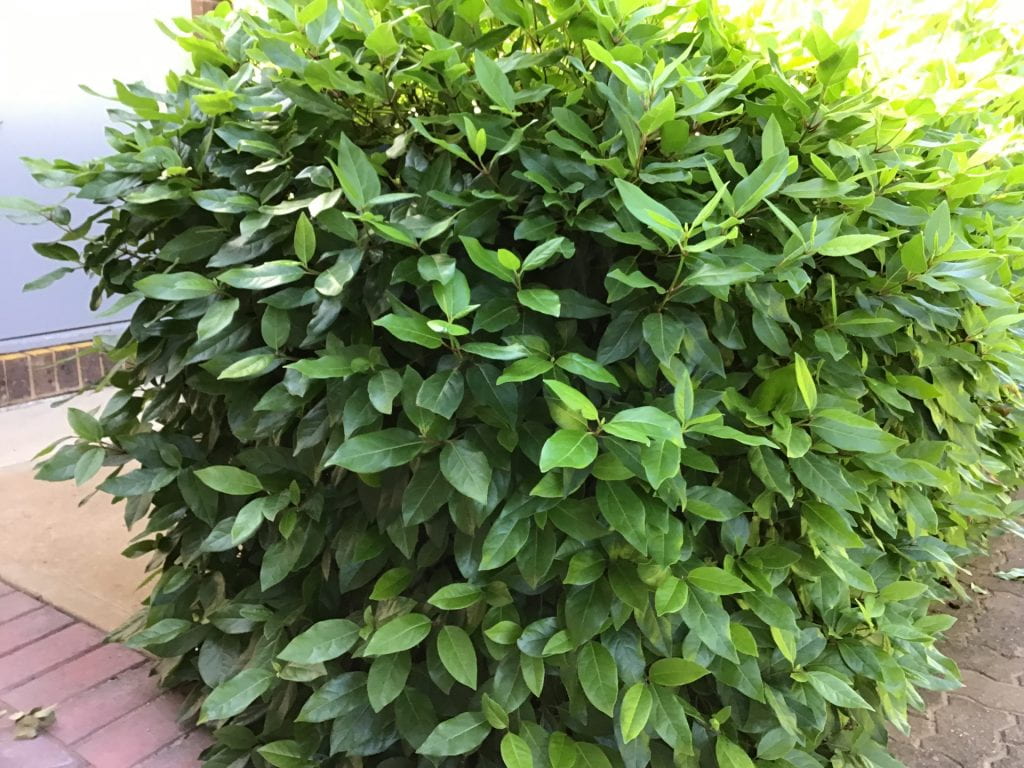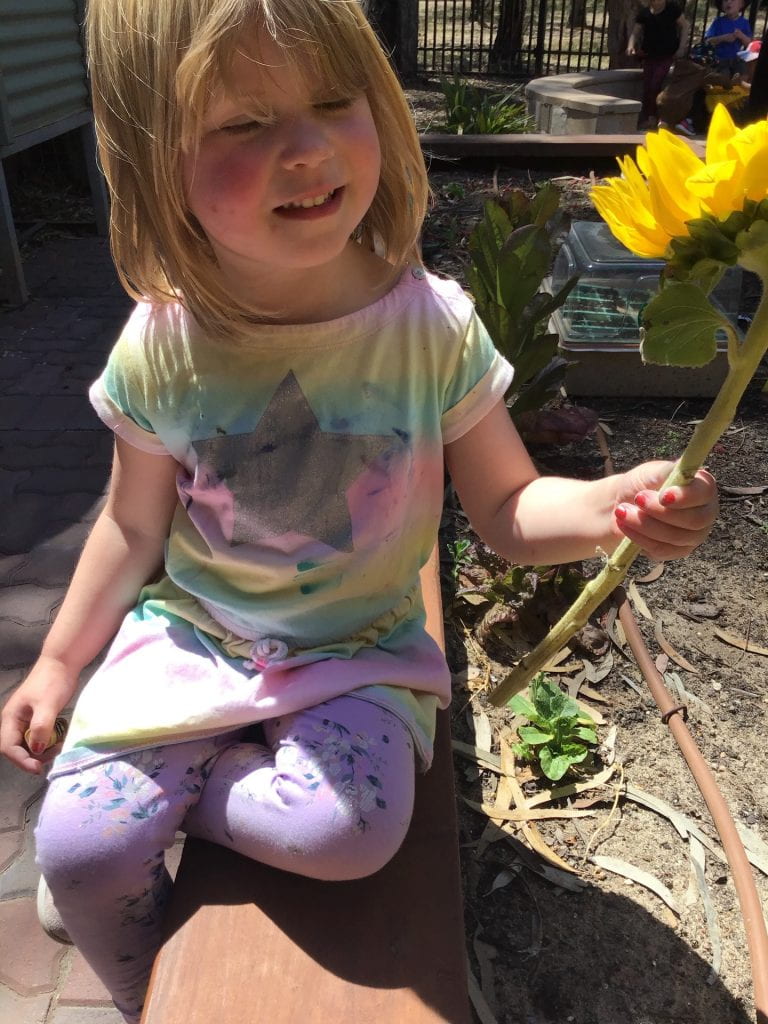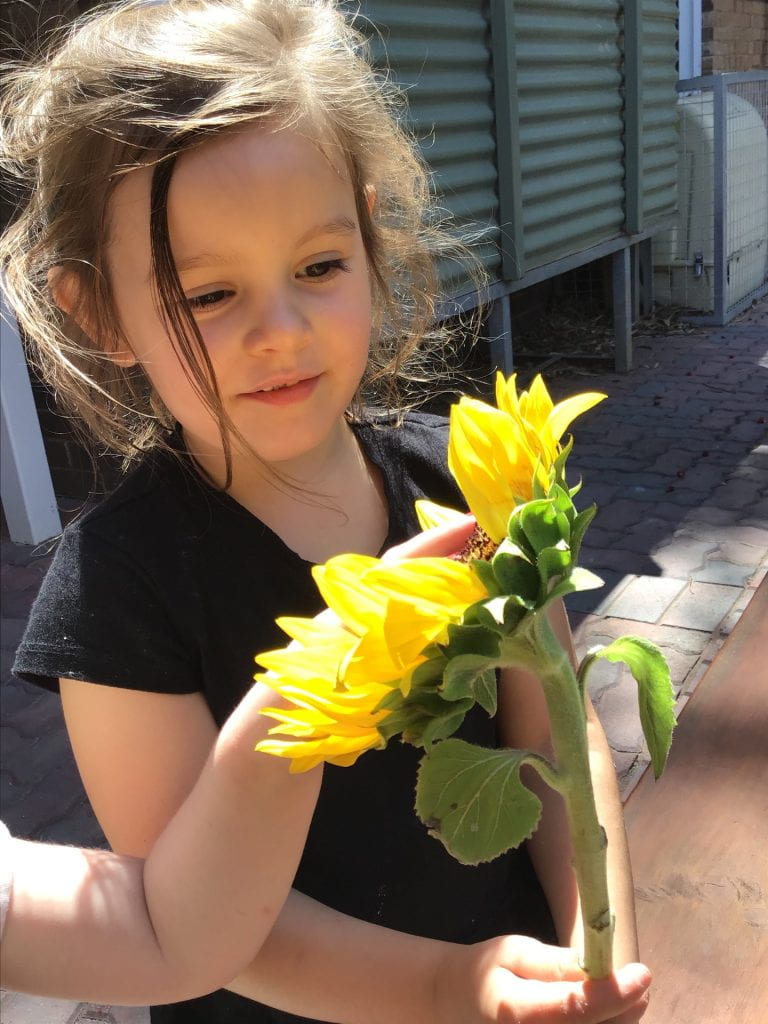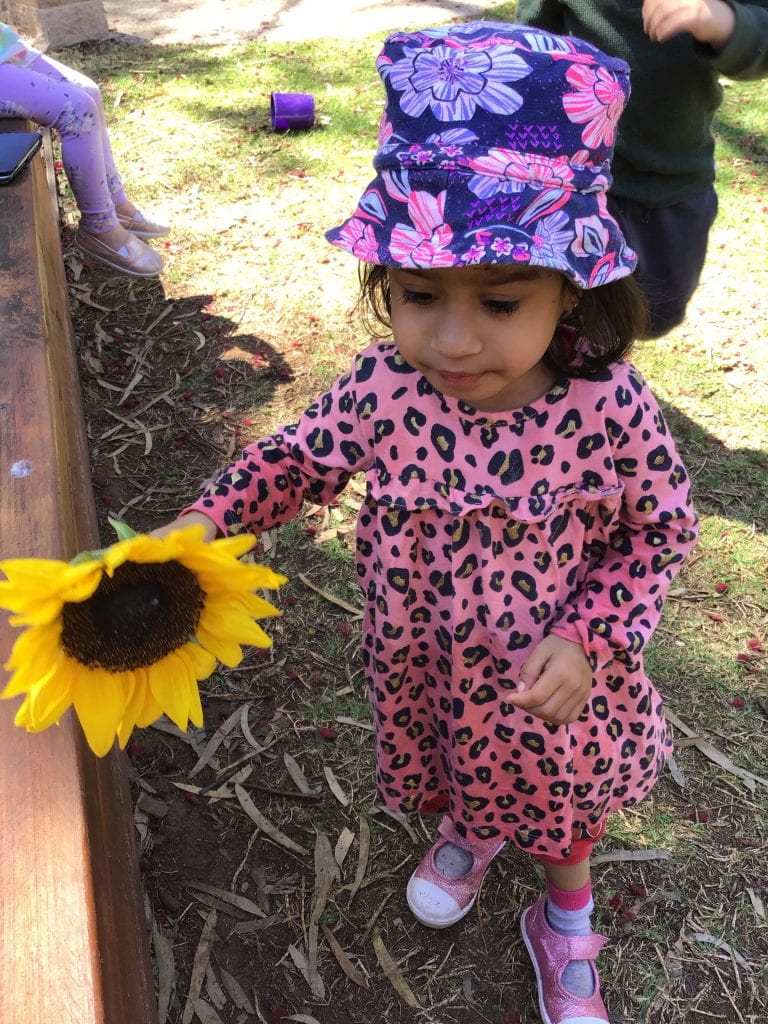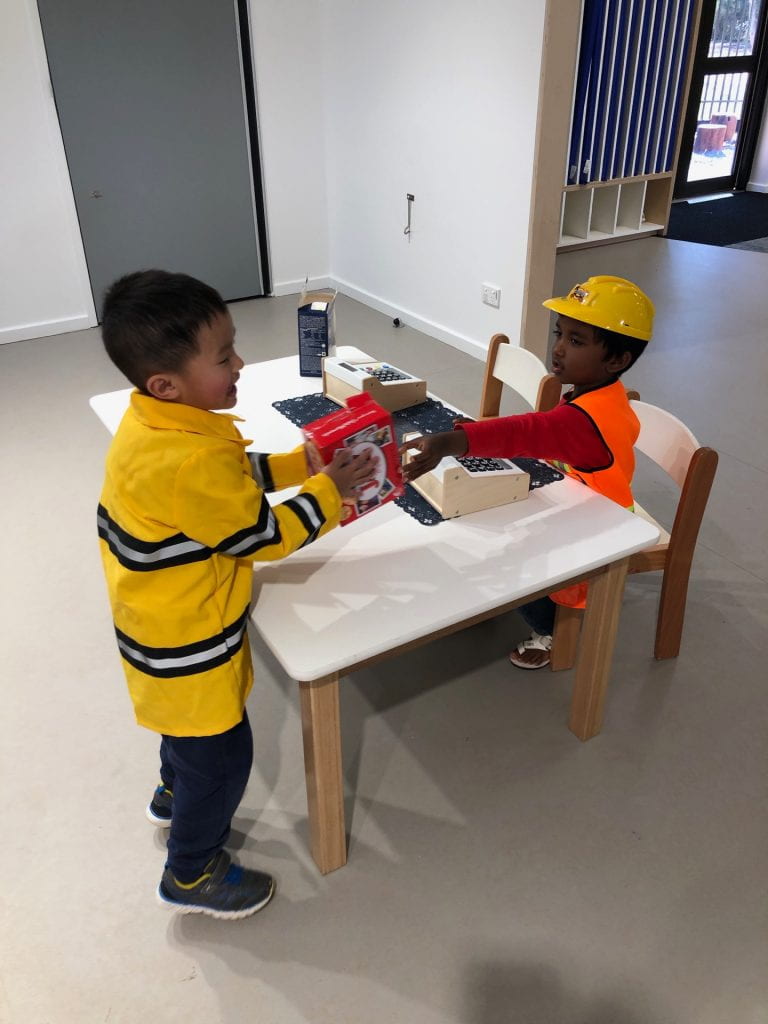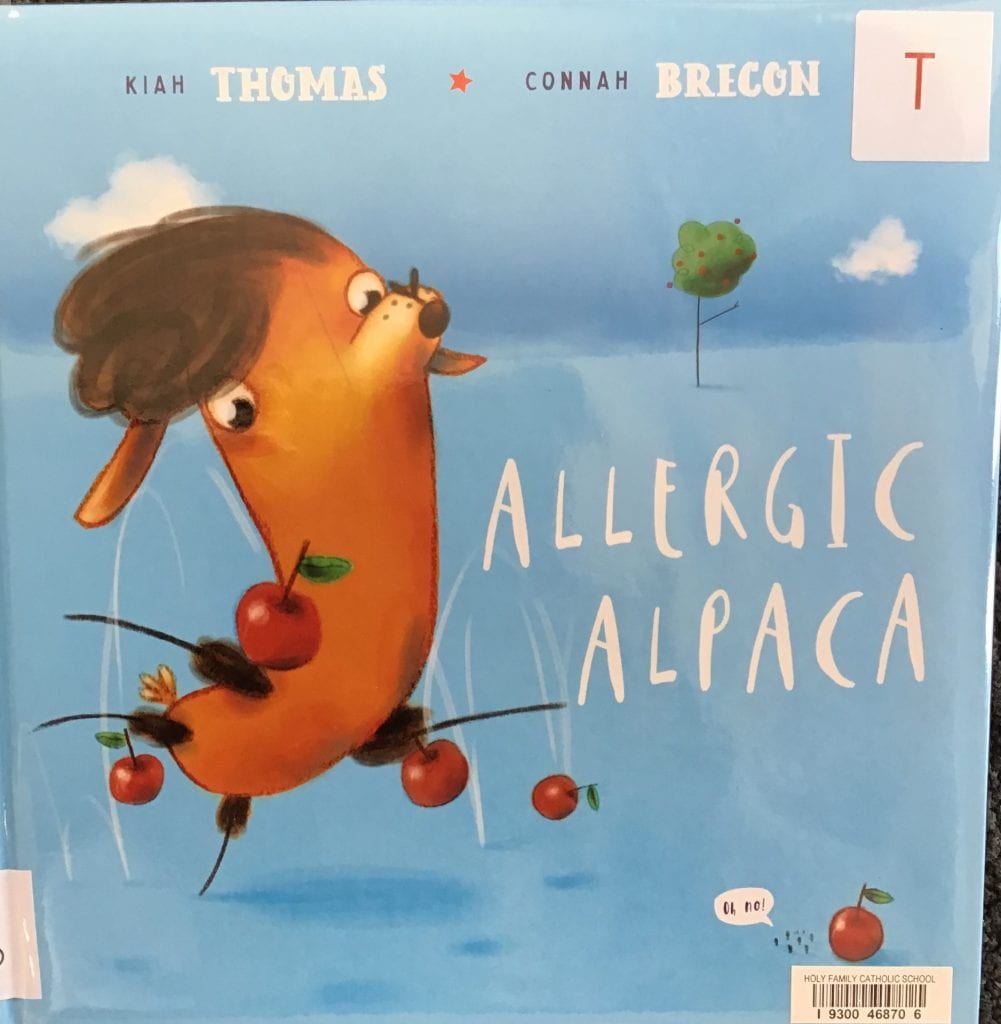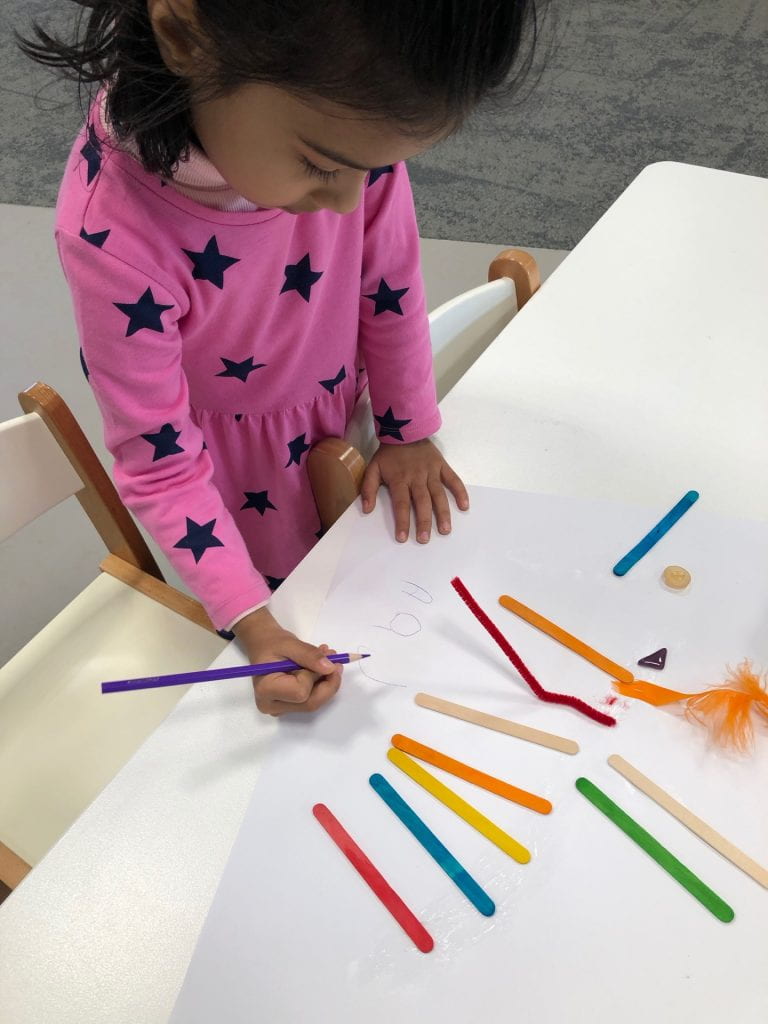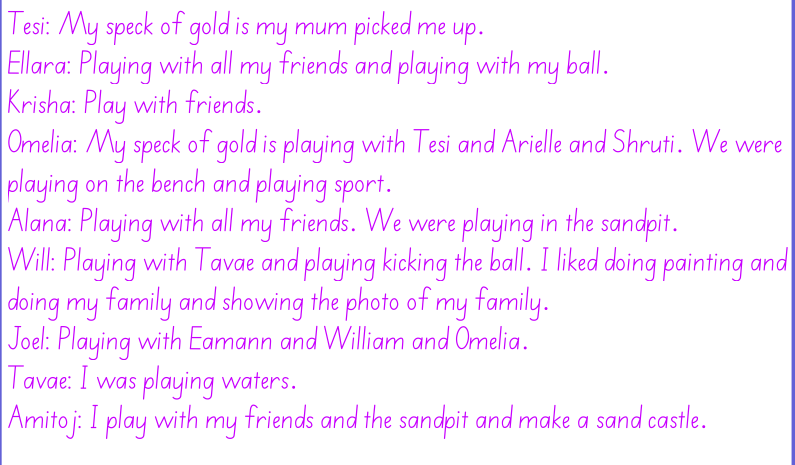This year, NAIDOC week is celebrated between 8th – 15th of November. NAIDOC week encourages all Australian’s to celebrate the history, culture and achievements of Aboriginal and Torres Strait Islander peoples. The theme for this year is ‘Always was, always will be’ – which recognises the fact that First Nations people have occupied and cared for this continent for over 65,000 years. ‘Always was, always will be’ also acknowledges that hundreds of Nations and our cultures covered this continent. All were managing the land – the biggest estate on earth – to sustainably provide for their future.
For our children this celebration was about providing authentic opportunities for children to develop greater understandings about some of the customs, traditions and stories of the Indigenous peoples of Australia. This included painting using natural materials, creating and recreating aboriginal symbols, as well as making rain makers using dot inspired designs.
Our focus story ‘How the Birds got their Colours’ by Mary Albert also gave children the opportunity to explore the concept of perceptive and how stories can be told in unique, cultural ways. Furthermore, we watched the story recreated through a Plasticine animation with backing didgeridoo track. This prompted some children to share their prior and evolving knowledge of Aboriginal and Torres Strait Islander peoples, and their stories:
An – “I hear that sound. That is the Didgeridoo sound.”
Malika – “Hearing the colours come back.”
Mason – “It’s called yellow, and black and red.”
Lovenne – “That flag is from Australia.”
Imogen – “Aboriginal people.”
Ojasvi – “I think they copied the birds like ours.”
We will continue to embed Indigenous cultures within our day-to-day teaching practices, as well as expanding our evolving knowledge of birds as we care for two zebra finches for the next few weeks.











